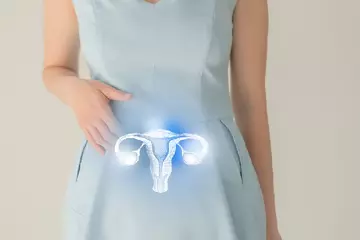What is Post-delivery Bleeding?
Post-delivery bleeding is a normal process of blood loss through the vagina. It occurs in both vaginal and caesarean section deliveries. Blood loss is heavy on the first day after delivery and decreases thereafter, finally ceasing completely after a few weeks. Post-partum haemorrhage (PPH) is excessive bleeding with blood loss within 24 hours after delivery of about 500 mL in vaginal deliveries and 1000 mL in caesarean sections. Post delivery bleeding is also called as lochia.
What are the main signs and symptoms?
The most common symptoms of PPH are as stated below:
- Reduced blood pressure
- Excessive bleeding
- Increased heart rate
- Reduced red blood cell count
- Swelling and pain in and around the vagina
- Weakness
What are the main causes?
After delivery, the contraction of the uterus pushes the placenta out through the vagina. The uterus remains contracted after pushing out the placenta. PPH may occur if the uterus is unable to contract sufficiently. It may also happen if small portions of placenta remain attached in the womb even after delivery. The following are some other causes:
- Blood clotting disorders like haemophilia or vitamin K deficiency
- Placenta disorders
- Injury to the vagina or cervix
- Injury to the blood vessels
- Bleeding into the pelvic space
How is it diagnosed and treated?
The diagnosis is made in the following manner:
- Physical examination
- Heart rate and blood pressure measurement
- Blood tests to detect blood cell count
- Estimation of blood loss
The primary goal of the treatment is to identify and treat the cause of bleeding. Some of the treatment modalities include:
- Stimulation of contraction of the uterus by uterine massages or medications.
- Removal of the placental remnants from the uterus.
- Uterine compression to seal the blood vessels that are bleeding.
- Laparotomy (making small incisions in the pelvis and performing surgery by using special instruments that pass through them).
- Hysterectomy (uterus removal).
There is an excessive fluid loss in PPH, and replacing these fluids is an essential aspect of the treatment. Intravenous fluids, blood, and blood products are useful in fluid replacement.

 OTC Medicines for Post Delivery Bleeding
OTC Medicines for Post Delivery Bleeding















